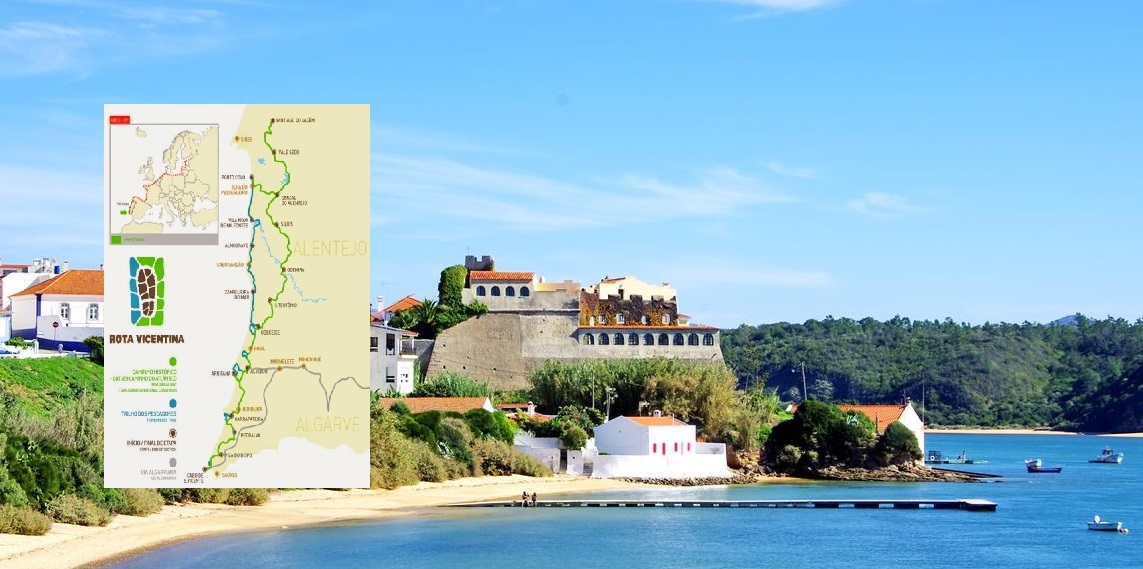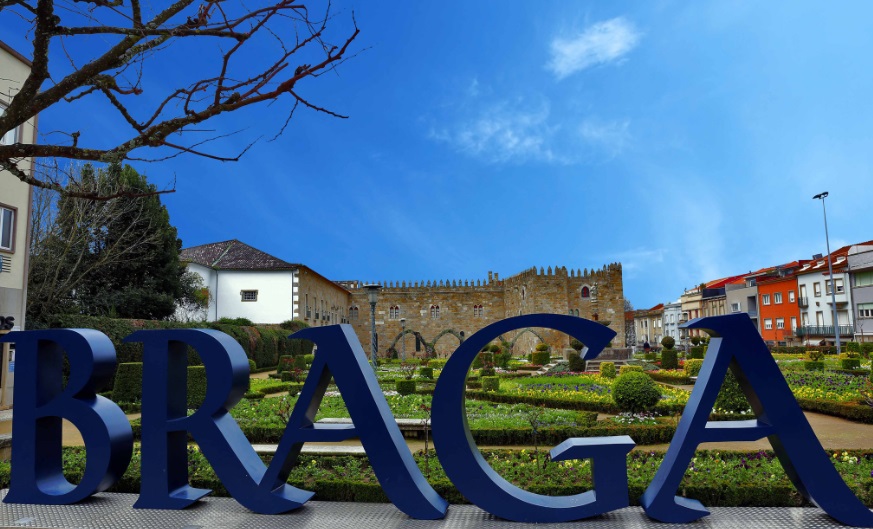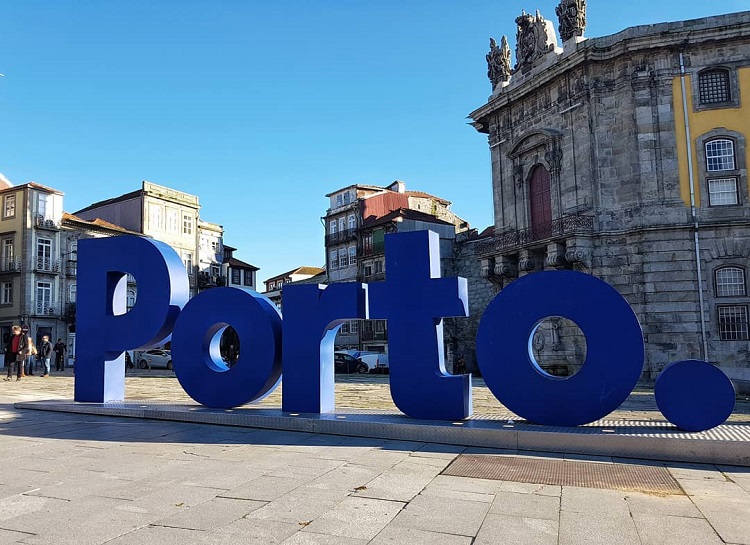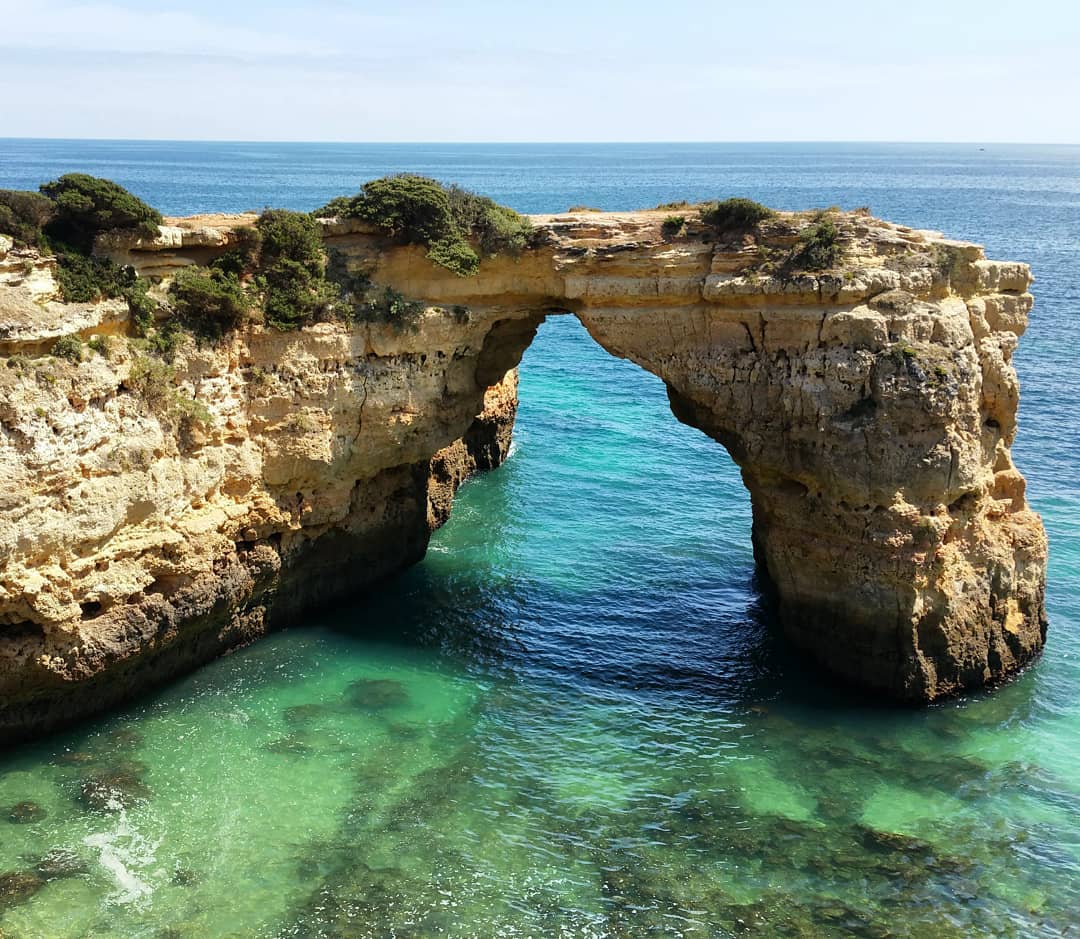The 8 Most Beautiful Villages of the Douro Wine Region Portugal
Provesende is a charming parish located in the beautiful municipality of Sabrosa, in the fertile demarcated Douro region, where the famous Port wine is produced. Situated on a small plateau overlooking the beautiful Pinhão river, this is a region of great natural beauty, marked by the strong rural trend that has survived over the centuries, especially since the creation of the demarcated Douro region in the 18th century. This is a place of ancient human occupation, as evidenced by the remains of a Castro Lusitano, which is still worth visiting today for its beautiful panorama.
1. Provesende
The top name Provesende is said to come from the ancient Legend of Zaide. Zaide would be a Moor, brother of Jahia king of Toledo, who would live in the towering Castle of Santo Domingo, near Provesende, formerly known as San Joanes. One day the Castle was attacked by the Christian forces, massacred, and all the Moors who lived there perished, escaping King Zaide, who was nevertheless caught further while fleeing, being tortured and murdered. At the moment of trance and suffering it will have been exclaimed "Prove Zaide, prove Zaide!", Giving rise to the name "Provesende". It is worth going through the typical and calm streets of Provesende, where we find the old Pillory, the baroque Mother Church, the 18th century Fountain and the various manor houses and emblazoned, such as the Houses of the Square, Santa Catarina, Campo, Holy,
Favaios is a village belonging to the municipality of Alijó, in the northern region of the country, situated at the foot of the beautiful Serra do Vilarelho, typically Transmontana. This rural village, with such fertile soils, sees in viticulture its main activity, producing here a famous Moscatel wine that takes its name from the parish and this demarcated region beyond. The origins of this parish are very old and lost in time, thinking that there was already a Roman community, probably called “Flavius”. at the beginning of the formation of the Portuguese Nationality.
This village prides itself on its interesting heritage, including what remains today of the Roman Castle, mostly sections of the walls, and also of the 19th-century São Domingos Mother Church, 17th-century São Paio Chapels, from Santo António also from the 17th century, from Senhor Jesus do Outeiro (19th century), from Santa Bárbara where you can enjoy a phenomenal view, or even from Quinta de São Jorge which houses an interesting Romanesque Chapel. In fact, in the region of Favaios is not lacking the many houses Brasonadas and Solares, marking the importance of fertile land in the economy of the region, many of them belonging to the great producers of the famous wines. In the calm of Serra do Vilarelho, and breathing a pure and rural environment, Favaios is also known for producing quality bread,
The main point of interest is the Torre de Ucanha, classified since 1910 by IPPAR as a national monument. The Tower provided defense functions near the medieval bridge, the control of people and goods, and the collection of tolls, the proceeds of which benefited the monastic belt of Salzedas. The tolls were however abolished in 1504 and the tower lost much of its importance as the building declined and was used as a warehouse for products. The bridge, however, continued to be used as one of the rivers main crossing points. Between the old bridge and the new there is a river beach.
Salzedas is a Portuguese parish in the municipality of Tarouca. The name Salzedas comes from the Latin Saliceta which means willow, a very abundant vegetation on the banks of the river Varosa, which flows there. It is very old settlement. Lusitanos and Romans, Suevi and Visigoths, and later Muslims passed through here.
The genesis of its history goes back to the place today called the Old Abbey and its settlement grew around the Convent of Santa Maria de Salzedas. The great ex-libris is the Cistercian Monastery of Santa Maria de Salzedas commissioned by D. Teresa Afonso, wife of Egas Moniz, the master of D. Afonso Henriques. Of Romanesque structure, completely refurbished in the 18th century and its sacred church in the 13th century, it represents one of the richest and most emblematic monasteries in Portugal.
Located in the municipality of São João da Pesqueira, district of Viseu, the village of Trevões is a village with about 21.55 km² and 540 inhabitants (2011) that is part of the Douro Wine Villages itinerary. This roadmap, launched in 2001, had as its main objective the regeneration and enhancement of the Douro Vinhateiro villages, through socio-economic revitalization, the settlement of the population and the focus on tourism.
This village has buildings classified as public interest buildings and national monuments, reflecting its former political importance in the region, having been the county seat between the 18th and the 20th centuries. It is currently an interesting tourist center of the Douro wine region, due to the landscape in which it is inserted and its architecture that crosses various eras and styles.
The mother church, dedicated to Our Lady of the Assumption, is one of the best examples of late Romanesque architecture, with interesting porticoes, with special emphasis on the one facing south on one of the side façades. In spring, it is worth enjoying the view over the culture fields that descend into the Douro. The village is covered by the recent Douro Wine Villages Program.
Let yourself be dazzled by the diverse heritage of this beautiful village, such as the São Xisto Chapel, the Regretful Angel Lookout, the Centennial Fountain and the many typical schist houses. The places to visit, in a leisurely stroll, still pass by the inevitable oil and wine mills, or we were not on the banks of the Douro. The Douro river pier and Ferradosa train station add even more charm to this place. The village of São Xisto has very specific features linked to the importance of the vineyard. Here dominates, as its name implies, the schist, contrasting with the granite that takes over the opposite bank.
The top name Provesende is said to come from the ancient Legend of Zaide. Zaide would be a Moor, brother of Jahia king of Toledo, who would live in the towering Castle of Santo Domingo, near Provesende, formerly known as San Joanes. One day the Castle was attacked by the Christian forces, massacred, and all the Moors who lived there perished, escaping King Zaide, who was nevertheless caught further while fleeing, being tortured and murdered. At the moment of trance and suffering it will have been exclaimed "Prove Zaide, prove Zaide!", Giving rise to the name "Provesende". It is worth going through the typical and calm streets of Provesende, where we find the old Pillory, the baroque Mother Church, the 18th century Fountain and the various manor houses and emblazoned, such as the Houses of the Square, Santa Catarina, Campo, Holy,
2. Favaios
Favaios is a village belonging to the municipality of Alijó, in the northern region of the country, situated at the foot of the beautiful Serra do Vilarelho, typically Transmontana. This rural village, with such fertile soils, sees in viticulture its main activity, producing here a famous Moscatel wine that takes its name from the parish and this demarcated region beyond. The origins of this parish are very old and lost in time, thinking that there was already a Roman community, probably called “Flavius”. at the beginning of the formation of the Portuguese Nationality.
This village prides itself on its interesting heritage, including what remains today of the Roman Castle, mostly sections of the walls, and also of the 19th-century São Domingos Mother Church, 17th-century São Paio Chapels, from Santo António also from the 17th century, from Senhor Jesus do Outeiro (19th century), from Santa Bárbara where you can enjoy a phenomenal view, or even from Quinta de São Jorge which houses an interesting Romanesque Chapel. In fact, in the region of Favaios is not lacking the many houses Brasonadas and Solares, marking the importance of fertile land in the economy of the region, many of them belonging to the great producers of the famous wines. In the calm of Serra do Vilarelho, and breathing a pure and rural environment, Favaios is also known for producing quality bread,
3. Ucanha
Ucanha is a village belonging to the municipality of Tarouca, and classified in 2001 as Aldeia Vinhateira do Douro. The name Ucanha derives from Cucanha, a form used until the 17th century, which means hovel or place of entertainment. Ucanha was village and county seat until 1836, when it was integrated in the municipality of Mondim da Beira. Integration in the present municipality of Tarouca dates from 1898. The village is located on a slope that descends to the river Varosa (or Barosa). The valley bordered by the wooded hills of the Santa Helena Mountain presents a beautiful landscape setting.The main point of interest is the Torre de Ucanha, classified since 1910 by IPPAR as a national monument. The Tower provided defense functions near the medieval bridge, the control of people and goods, and the collection of tolls, the proceeds of which benefited the monastic belt of Salzedas. The tolls were however abolished in 1504 and the tower lost much of its importance as the building declined and was used as a warehouse for products. The bridge, however, continued to be used as one of the rivers main crossing points. Between the old bridge and the new there is a river beach.
4. Salzedas
The genesis of its history goes back to the place today called the Old Abbey and its settlement grew around the Convent of Santa Maria de Salzedas. The great ex-libris is the Cistercian Monastery of Santa Maria de Salzedas commissioned by D. Teresa Afonso, wife of Egas Moniz, the master of D. Afonso Henriques. Of Romanesque structure, completely refurbished in the 18th century and its sacred church in the 13th century, it represents one of the richest and most emblematic monasteries in Portugal.
5. Trevões
This village has buildings classified as public interest buildings and national monuments, reflecting its former political importance in the region, having been the county seat between the 18th and the 20th centuries. It is currently an interesting tourist center of the Douro wine region, due to the landscape in which it is inserted and its architecture that crosses various eras and styles.
6. Boats
This village, famous for its beautiful views and the Romanesque church, is 10 km south of the Douro and 5 km west of the county seat, Tabuaço. It has been inhabited since time immemorial, as evidenced by the castro of Sabroso, today dominated by the Chapel of Our Lady of Sabroso. Important population center in the Middle Ages, was the county seat until the nineteenth century and this historic legacy houses the Town Hall, the Pillory and the Wheel of the Exposed.The mother church, dedicated to Our Lady of the Assumption, is one of the best examples of late Romanesque architecture, with interesting porticoes, with special emphasis on the one facing south on one of the side façades. In spring, it is worth enjoying the view over the culture fields that descend into the Douro. The village is covered by the recent Douro Wine Villages Program.
7. Saint Shale
Situated in the heart of the UNESCO World Heritage region, São Xisto is an enchanted spot on the Douro River! Located in Vale de Figueira, São João da Pesqueira municipality, the village is dominated by a breathtaking landscape! To appreciate this village, it would be enough to look around at the hills and valleys, the nearby Douro, traditional stone walls and the typical terraces of the vineyards on the banks of this river. But your charms dont stop here…Let yourself be dazzled by the diverse heritage of this beautiful village, such as the São Xisto Chapel, the Regretful Angel Lookout, the Centennial Fountain and the many typical schist houses. The places to visit, in a leisurely stroll, still pass by the inevitable oil and wine mills, or we were not on the banks of the Douro. The Douro river pier and Ferradosa train station add even more charm to this place. The village of São Xisto has very specific features linked to the importance of the vineyard. Here dominates, as its name implies, the schist, contrasting with the granite that takes over the opposite bank.
Outros Artigos Populares no Blogue
-


25 Best Things to Do in Porto in 2020 Portugal
On the slopes above the Douro estuary, Porto is a historic market town with business and commerce written in its own name. The center is a World ... -


10 most beautiful places in Portugal
The Piódão Village is considered one of the most beautiful in the country, classified as “Historical Village of Portuga... -


Vicentina Route in Portugal the best walking trails in Europe complete guide
This is the first time a Western European rail has been awarded Leading Quality Trails - Best of Europe certification. The Vincentina Route Historic ... -


Tourism in Braga Portugal what to visit
With over 2000 years of rich history , Braga is a city of enormous beauty and rich heritage, combining tradition with innovation... -


The 10 Best Destinations for Family Holidays in Portugal
Bragança Capital of the Trás os Montes region, although little explored by tourism, it is always a pleasant destination for tho... -


The 20 Best Places to Visit in the Algarve Portugal
Silves provides the perfect blend of history, culture and cuisine. Once the capital of the Arab kingdom here in the Algarve, its well-preserved r... -


Where to rent motorhomes in Portugal
If you want to rent a campervan, you can use companies like Indie Campers , Campervan Portugal or Cam... -


friendliest countries in the world Portugal on the list
A new report, published earlier this month by the World Economic Forum, ranked which countries throw the welcome mat to travelers and which are resp...
